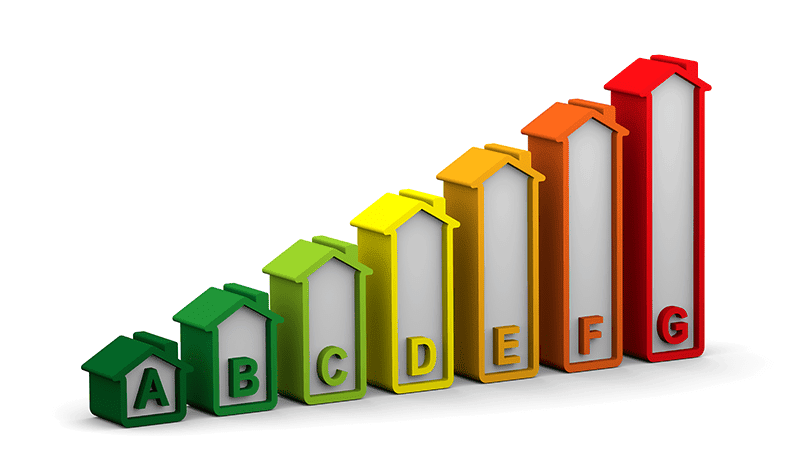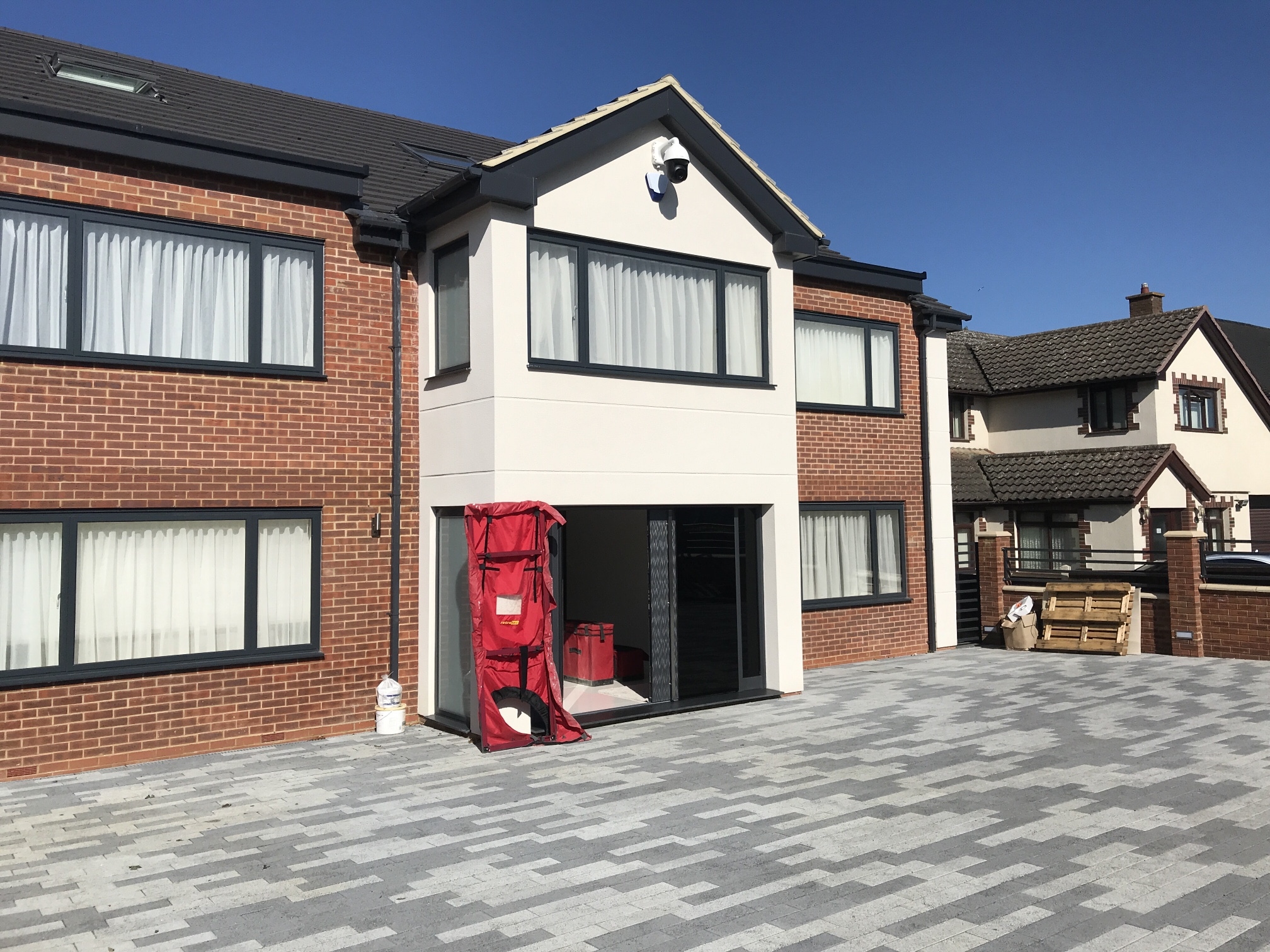To deal with some of the most prominent societal problems in the country, climate change and high carbon emissions, the UK government has made some changes to Part L of the Building Regulations. One of these changes is the implementation of the Standard Assessment Procedure or SAP rating calculation. Through SAP calculation, the energy costs that will be used for a dwelling property will be better measured.
Homeowners and developers should examine several heating options to boost energy efficiency, including underfloor heating systems. The phased approach to creating zero-carbon houses beginning in 2025 comprises modifying Part L of the Building Regulations to address fuel and electricity conservation.
The standards build on the Future Homes Standard consultation established energy and ventilation requirements for non-domestic structures and existing homes, and proposed measures to prevent overheating in residential dwellings. This is a significant shift in the UK housing market.
One of the most prominent changes to Part L, which will go into effect in June 2022, is that the average UK home must emit at least 75% less carbon emissions than a home built to prior energy efficiency standards. In addition, new houses will have to achieve a 31 per cent reduction in carbon dioxide compared with current requirements.
The Government envisions that heat pumps will be the main heating system in new homes. There will be leeway in achieving the objective, but it is expected that heat pumps will be used in most new home construction. Due to issues with occupant affordability, direct electric technology has been removed from the equation.
New heating system installations will be limited to 55°C or lower, with low temperatures defined as 50°C or less, and self-regulating control mechanisms for heating systems will be required in each zone.
Meanwhile, to educate homeowners on operating their homes properly, the Government will create a format for a home user guide. If they so wish, local authorities will continue to have the option of establishing their local (higher) energy efficiency standards.
Changes in Measurement
One of the major features of Part L 2021 is how energy usage will be measured. The energy need for the technology in the house will be determined using an SAP calculation, which will indicate occupier costs.
The adoption of the most current version of SAP (10.3) at the implementation of Part L 2021 will speed up the process considerably – including the calculation necessary to generate a projected energy evaluation and an on-construction energy performance certificate.
The key performance indicators utilised are the fabric energy efficiency, primary energy target, minimum standards for fabric and fixed building services, and carbon emissions goals.
This also indicates that SAP calculations in the UK will be changed, including the metrics it calculates, thus resulting in a new version of SAP being released. With the drive to make houses more energy-efficient, low-temperature technologies, such as underfloor heating, which generate enough heat for occupant comfort but lower temperatures than traditional systems, might be taken seriously.
Tips for Passing an SAP
With this shift in building regulations in the UK, it’s now more important than ever to hire a qualified SAP assessor. Here are some tips to help in finding the right one:
- Get an SAP rating calculation done as soon as possible during the design process. The sooner an SAP calculation is completed in the design process, the more choices will be available to show compliance with building regulations. It is typically far more expensive to make changes retroactively after site work has begun.
- A cost-effective upgrade is to have all low-energy internal lights installed. Low energy bulbs in conventional ceiling pendant fittings are considered low-energy light fixtures. A new construction’s minimum standard for interior lighting is 75 per cent of the total number of internal lights.
- The majority of heat loss in most homes occurs through the fabric. Increasing insulation levels will improve thermal efficiency by lowering U-value amounts.
- Headline efficiency isn’t always the most essential for SAP calculations. The summer efficiency (water heating effectiveness) has become as important as the seasonal efficacy due to lower heating needs in homes owing to improved thermal performance.
- Use high thermal performance windows. 1.0 is the lowest U-value that many manufacturers produce for windows. Furthermore, using certified U-value/G-value windows can provide significant benefits.
- Most properties will require a programmer, thermostat, and thermostatic radiator valves (TRVs) to meet building codes. Larger residences (those with a floor area of more than 150 square metres) will need time and temperature zone control. Advanced controls such as a delayed start thermostat or a weather/load compensator add considerable value.
- After shower/bath water has gone down the drain, wastewater heat recovery systems (WWHRS) capture heat from the wastewater. The heat may then be transferred to freshwater, raising the temperature of the water before it is heated. Heat recovery systems (FGHRS) use flue gases to pre-warm the water before entering the boiler.
- Where particular planning conditions demand an additional reduction over the TER or a percentage of energy to be generated from renewable resources, a form of sustainable technology is almost certainly necessary. Solar panels, solar thermal (solar water heating), wind turbines, or hydropower may all be utilised to calculate the energy produced from solar panels (photovoltaic).
- The better a home performs thermally, the more airtight it is. Most builders can pass an air pressure test with a rate of 5 m3/hm2 or less.
Reliable SAP Rating Calculation
An SAP or Standard Assessment Procedure rating calculation will be necessary for new buildings, home extensions, and building conversions in the UK. It will ensure that the dwelling property meets the building regulations and energy efficiency policies, which the Government sets.
Briary Energy has SAP rating calculation experts who have undergone the necessary training and have garnered experience to help you accurately calculate your dwelling property’s running energy use, the CO2 it emits, and the thermal insulation of the materials that are being used.
Get in touch with us today at briaryenergy.co.uk to learn more about us and what we do.





